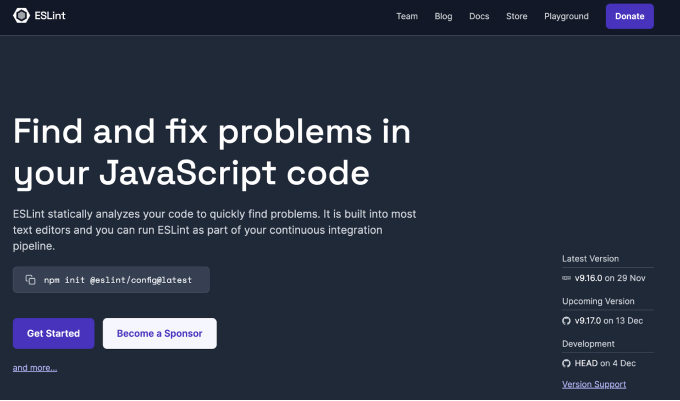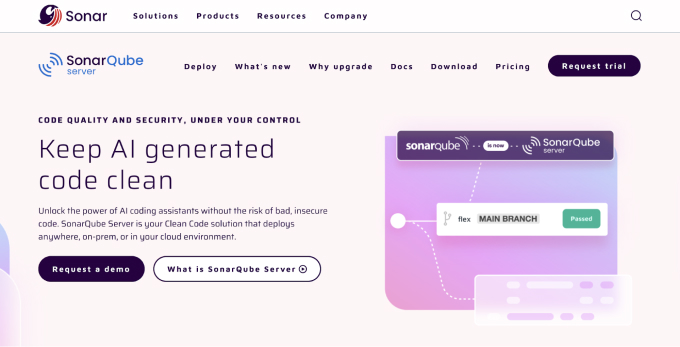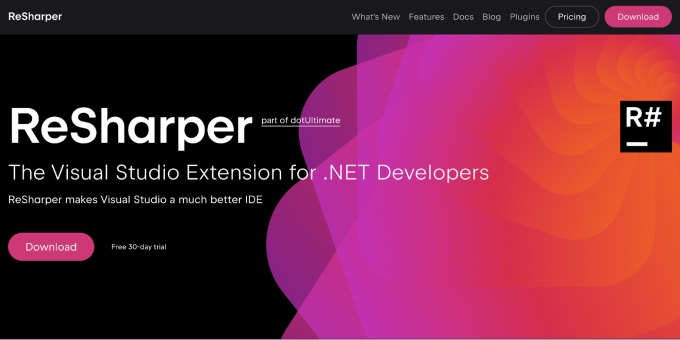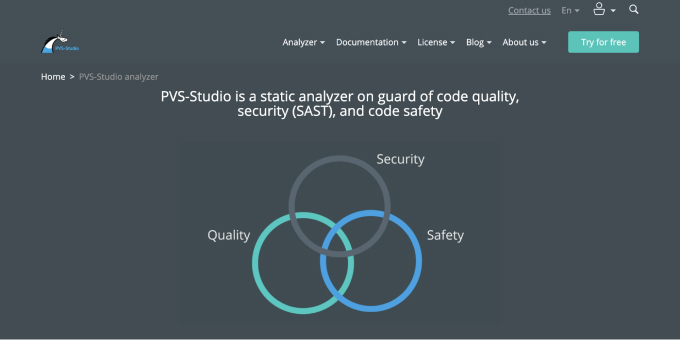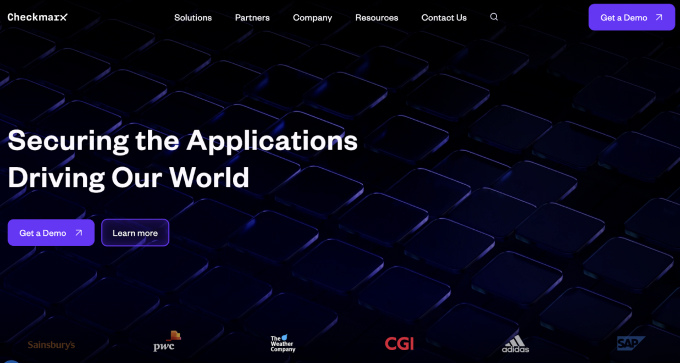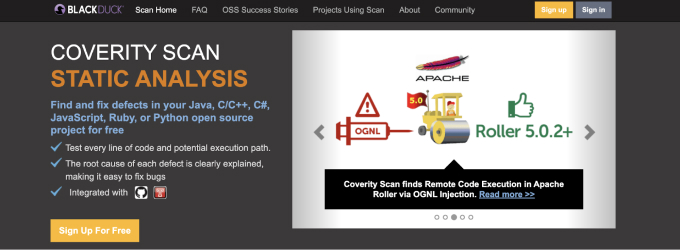
Code quality tools have become essential for developers to verify and improve the overall quality of code. They are comprised of linters, code formatters, and dependency checkers, among other tools, and they have specific roles in the software development life cycle.
So, let’s see what code quality tools are and which one is best for your project in 2025.
What are code quality tools?
Code quality tools allow developers to check the quality of their code, monitor it, and enhance it. Such tools can automatically check bugs, maintain programming standards, and offer code quality metrics. Here are a few specific examples:
- Linters: These scan the codes for possible errors. Popular linter tools are ESLint for JavaScript and Pylint for Python.
- Code formatters: These ensure that your code adheres to a consistent style. Prettier for JavaScript and Black for Python are commonly used code formatters.
- Static code analysis tools: Test the code without executing to locate defects, flaws, and vulnerabilities. Examples are SonarQube and Checkmarx.
- Code coverage tools: These measure the percentage of your code covered by tests. Examples are JaCoCo for Java and Coverage for Python.
- Dependency analyzers: These check for outdated or vulnerable dependencies in your projects. Dependabot and Snyk are good examples.
- Automated code review tools: These assist in performing code reviews by integrating with version control systems and providing insights. GitHub Actions and Code Climate are popular examples.
Benefits of using code quality tools
- Enhancement of code quality: Code quality checking tools assist in detecting bugs, security weaknesses, defects, and flaws during the early phase of the project.
- Better productivity: Developers can aim for more intricate tasks, interactions, and features as automated code review saves time.
- Uniform coding practices: Enforces coding regulations to the respective team and improves code quality.
- Reduced technical debt: Code quality analysis tools help reduce technical debt by catching issues early. This reduces the number of issues that need to be fixed later.
- Improved security: They identify security issues in advance, which may allow developers to mitigate them before it is too late.
- Better code readability: Adopting coding conventions and standards also helps make your code more readable.
9 Best Code Quality Tools for 2025
1. ESLint
ESLint is a configurable and extensible linting tool for JavaScript and JSX projects. It enforces coding standards and analyzes code for common mistakes like style inconsistencies and anti-patterns. ESlint is widely used with modern JavaScript frameworks like React, Vue, and Angular.
Key features:
- Extensive support for custom linting rules, plugins, and configurations.
- Provides real-time suggestions and fixes for code errors.
- Integrates easily with popular IDEs like Visual Studio Code.
- Actively maintained with support for the latest ECMAScript versions.
Best for: Maintaining coding standards in JavaScript projects.
Pricing: ESLint is a free, open-source tool.
2. SonarQube
SonarQube is an open-source platform for continuous code quality monitoring. It easily integrates with CI/CD pipelines and helps development teams maintain high coding standards with every commit.
Key features:
- Static code analysis for over 30 programming languages.
- Real-time feedback on code quality.
- Quality gates to enforce standards before deployment.
- Detailed dashboards that provide actionable insights for continuous improvement.
Best for: SonarQube is appropriate for all development projects regardless of size.
Pricing: SonarQube Cloud offers 3 pricing packages:
- Free developer package.
- Team package at $32 per month.
- Customized enterprise package.
3. ReSharper
ReSharper is a popular tool among the .NET developers, especially those who use Visual Studio for their development. It supports code refactoring, analysis, and unit testing. Furthermore, ReSharper can continuously analyze code and provide suggestions to enhance performance, maintainability, and clarity. In addition to Visual Studio, ReSharper also supports JetBrains Rider.
Key features:
- Intelligent refactoring suggestions that improve code architecture.
- Potential problems are detected through on-the-fly inspections during the course of development.
- Supports C#, VB.NET, ASP.NET, TypeScript and JavaScript.
- Seamless integration with JetBrains Rider and Visual Studio.
Best for: Enhancing performance and maintainability in .NET projects.
Pricing:
- $349 per user for the first year.
- $279 for the second year.
- $209 for the third year onwards.
- $139 per user for the first year.
- $111 for the second year.
- $83 for the third year onwards.
4. PVS-Studio
PVS-Studio is a static code analysis tool designed to detect bugs and check vulnerabilities in C, C++, C#, and Java applications. It recognizes vulnerabilities such as buffer overflows, race conditions, and uninitialized variables that conventional compilers cannot detect easily.
Key features:
- Provides detailed reports on code quality and vulnerability findings.
- Supports Windows, macOS, and Linux.
- CI/CD pipeline integration support for automated code analysis.
- Misra C compliance checks.
Best for: Detecting complex issues in safety-critical industries like automotive, aerospace, and military.
Pricing: PVS-Studio offers customized pricing based on the organization’s requirements and the number of developers. A free trial is also available.
5. Checkmarx
Checkmarx is a security-focused static code analysis tool that helps identify vulnerabilities early in the development lifecycle. With support for over 30 programming languages, it integrates seamlessly into CI/CD pipelines, ensuring secure code delivery.
Key features:
- It automatically identifies 150+ security issues.
- Integrates security checks early in the development cycle through a shift-left security approach.
- Wide support for programming languages including Java, Python, PHP, and .NET.
- Scalable solution for large codebases and enterprise teams.
Best for: High-compliance industries like finance, healthcare, and government sectors.
Pricing: Checkmarx offers flexible pricing plans starting at $59,000 per year for a basic license.
6. SpotBugs
SpotBugs is one of the most popular open-source code quality tools that detects bugs in Java code. It is lightweight and easy to integrate with build tools like Maven and Gradle and helps developers identify and fix common programming errors quickly.
Key features:
- Detects over 400 types of bugs in Java applications.
- Lightweight and easy to integrate into build tools like Maven and Gradle.
- Highly customizable with plugin support.
- Continuous integration with Jenkins and Travis CI for automated testing.
Best for: Identifying and fixing bugs in Java applications.
Pricing: SpotBugs is open-source, and it’s completely free to use.
7. Coverity
Coverity (now a part of Synopsys) is another popular static application security testing (SAST) tool. It helps identify software defects and vulnerabilities in C/C, Java, JavaScript, and Ruby. Coverity offers deep static evaluation to discover security issues early in the development process.
Key features:
- Industry-leading support for secure coding standards (e.g., OWASP, CWE).
- Deep static analysis to uncover security issues early in development.
- Integration with CI/CD platforms for automated code scanning.
- Cloud and on-premises deployment options.
Best for: Ensuring code quality and security in enterprise applications.
Pricing: Coverity’s pricing is customized based on the organization’s needs and the number of users. Contact their sales team for a detailed quote.
8. PMD
PMD is an extensible, multi-language static code analyzer. It supports identifying common programming flaws such as unused variables, empty catch blocks, and unnecessary object creation. Although PMD primarily focuses on Java and Apex, it also supports 16+ other languages.
Key features:
- Supports multiple languages including Java, JavaScript, Apex, Kotlin, Swift, and more.
- Comes with over 400 built-in rules for detecting common programming issues.
- Can be extended with custom rules written in Java or XPath queries.
- Includes CPD (copy-paste detector) to identify duplicated code.
- Integrates with build tools like Maven, Ant, and Gradle.
Best for: Detecting flaws and reducing code duplication in multiple languages.
Pricing: PMD is an open-source static code analysis tool, and it’s completely free to use.
9. CodeClimate
CodeClimate provides automated code reviews and real-time insights into code quality, maintainability, and test coverage. It helps teams reduce technical debt and improve code health with actionable feedback integrated into their workflows.
Key features:
- Maintainability scoring for code quality metrics.
- Test coverage analysis.
- Integration with CI/CD pipelines.
- Reports that highlight technical debt and provide actionable refactoring suggestions.
Best for: Reducing technical debt in codebases.
Pricing:
- A free open-source plan.
- Startup plan that is free for up to 4 seats.
- Team plan for $16.67 each month per user when billed annually or $20 per user when billed monthly.
Conclusion
Code quality tools have become an essential part of modern software development. They help development teams write cleaner, more reliable, and secure code. However, selecting one tool is challenging because there are various tools with unique strengths, like improving code readability, reducing technical debt, or finding security issues.
Ultimately, choosing the right tool depends on your project’s needs, programming languages, and team size. By integrating these tools into your workflow, developers can ensure higher quality code and deliver better software efficiently.





